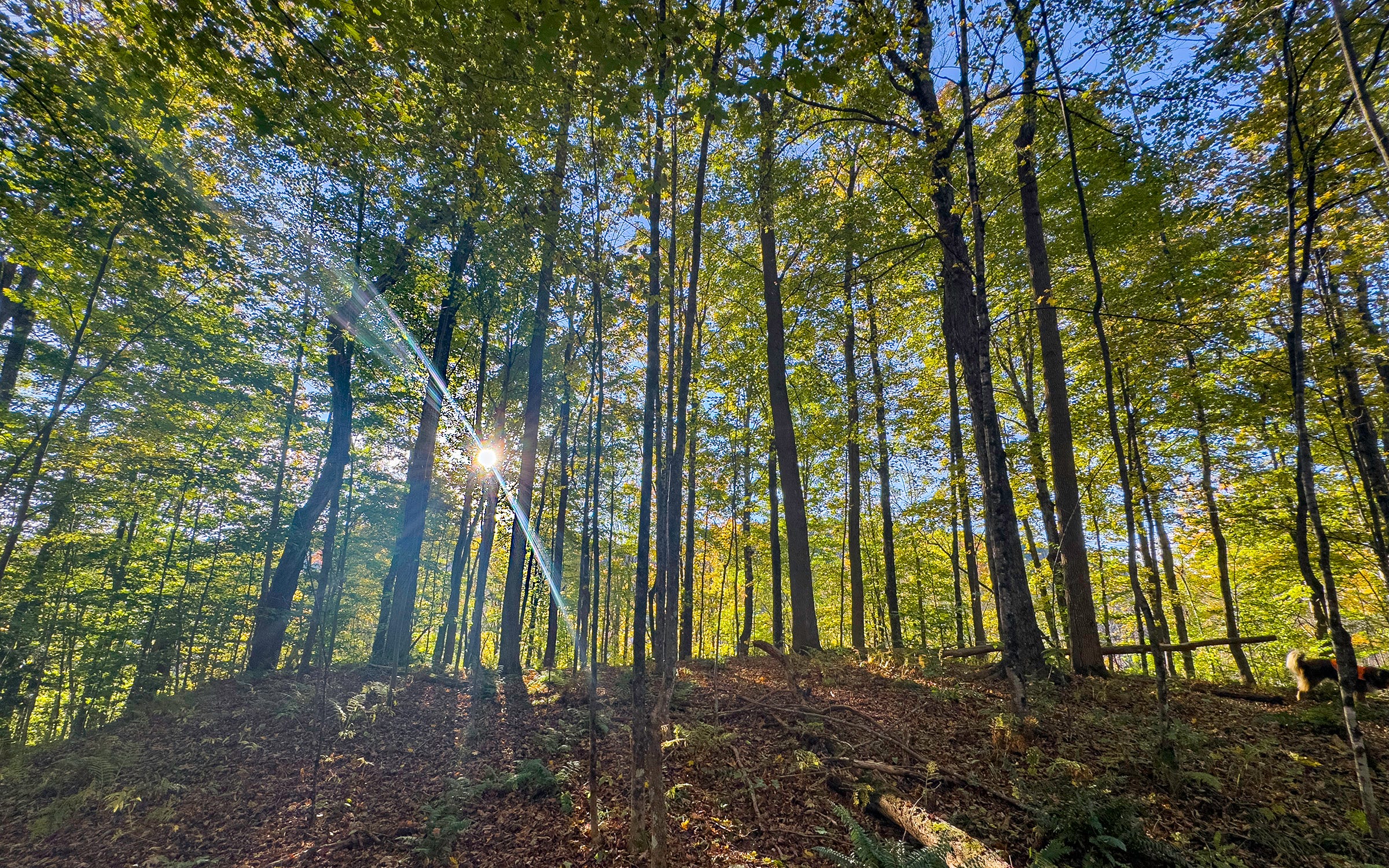Published before Election Day 2024, this is the first of three essays about life falling to earth in autumn. The second features an enterprising caterpillar, and the third a Balsam Fir needle and a songbird.
WE the people of the U.S. are fortunate that election season coincides with vivid displays of fall foliage. As the planet and our discourse burn literally and figuratively, our northern forests erupt in leaves of flaming red, hot yellow, and burnt orange. Even the toasty browns are lovely — fifty shades of brown.
From here in New England, autumn can be a reminder to a weary nation: pause, breathe, look around at the colors. We have more in common than what we’re led to believe by the ravings of political extremists and the rantings of social media. Sure, the world’s scary and messed up, but it’s the only world we’ve got, a beautiful place, still worth saving. Can we find new ways to get along beneath these leaves?
Keep reading with a 7-day free trial
Subscribe to Chasing Nature to keep reading this post and get 7 days of free access to the full post archives.


